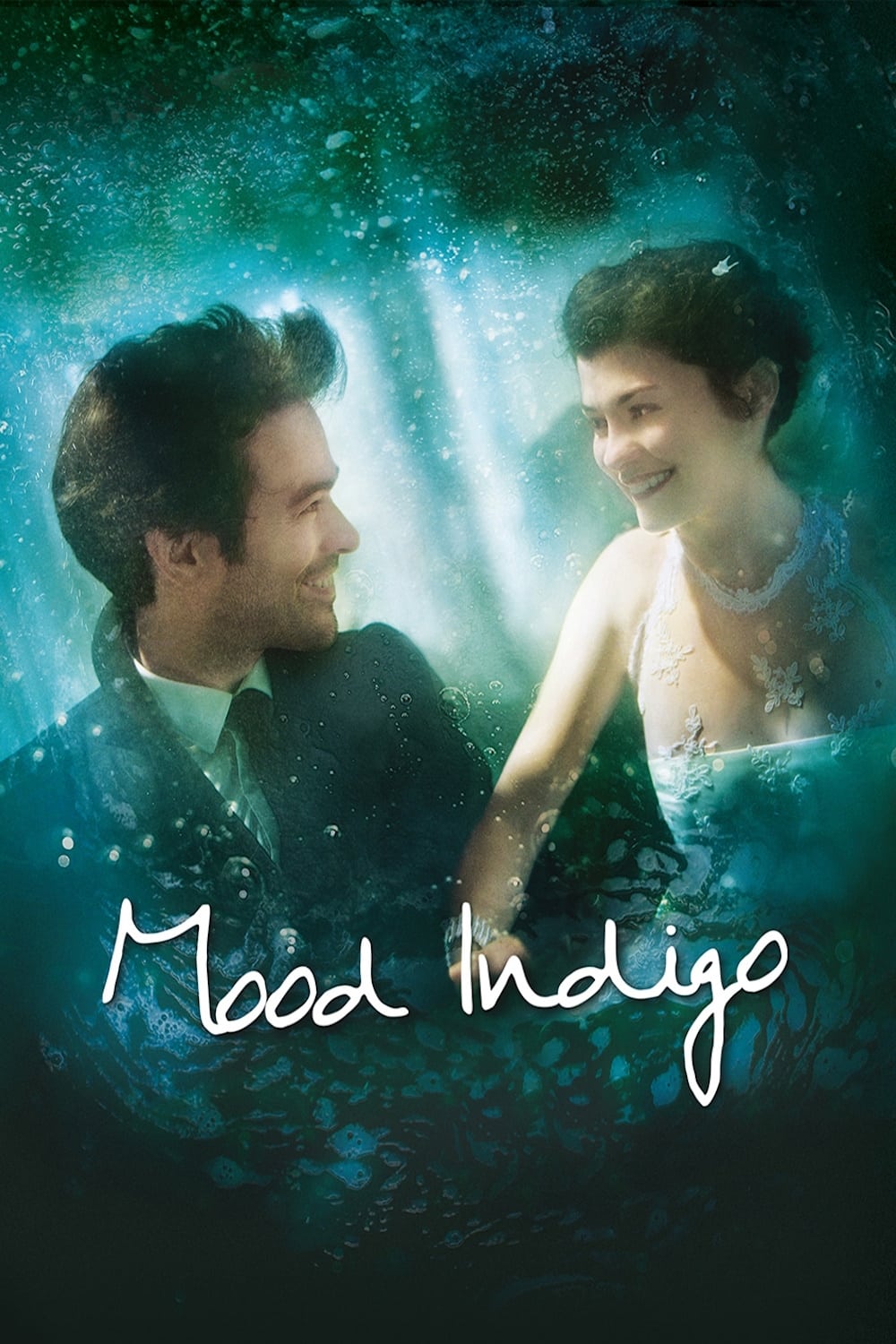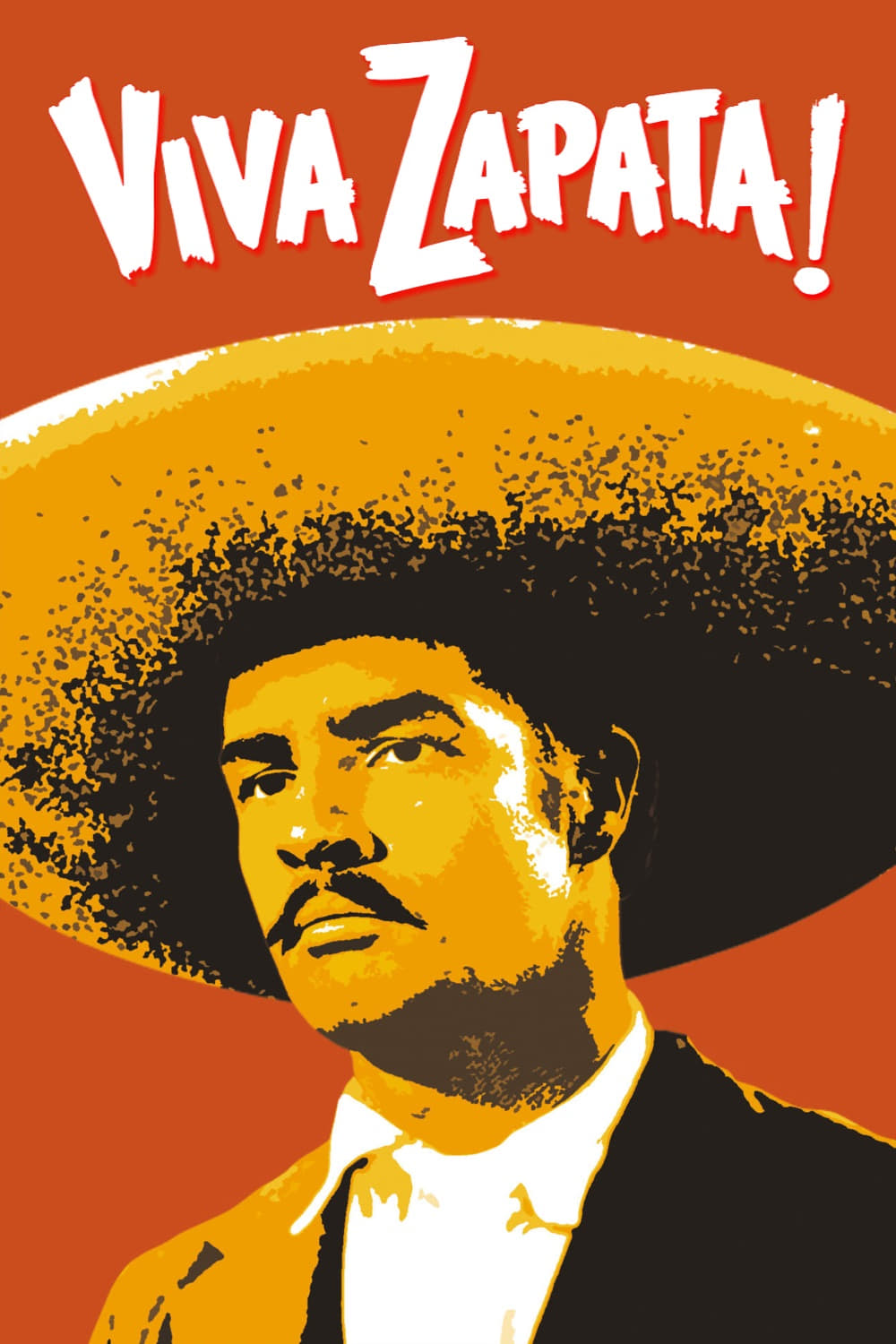Viva Zapata! (1952)
February 7, 1952Release Date
Viva Zapata! (1952)
February 7, 1952Release Date
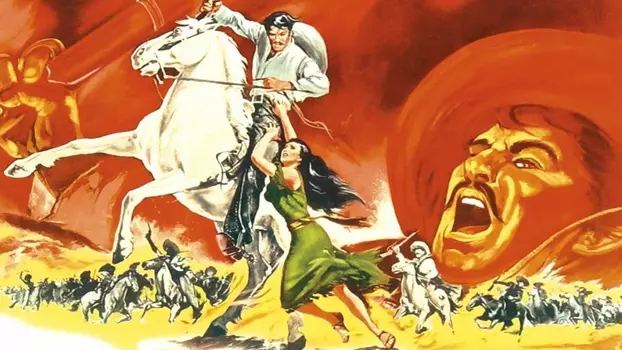
Plot.
Where to Watch.
 Rent
Rent Rent
Rent Rent
Rent Rent
Rent Subs
Subs Rent
Rent Buy
BuyCurrently Viva Zapata! is available for streaming online, rent, buy or watch for free on: Apple TV, Google Play Movies, Amazon Video, YouTube, TCM, Vudu, AMC on Demand
Streaming in:🇺🇸 United States

This Movie Is About.
Cast & Crew.

Marlon Brando
Emiliano Zapata

Jean Peters
Josefa
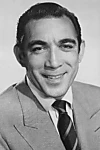
Anthony Quinn
Eufemio Zapata
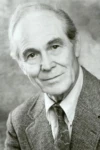
Joseph Wiseman
Fernando
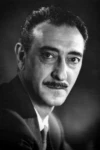
Arnold Moss
Don Nacio

Alan Reed
Pancho Villa

Margo
Soldadera
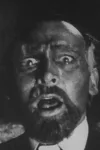
Harold Gordon
Madero

Lou Gilbert
Pablo
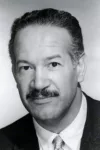
Frank Silvera
Huerta
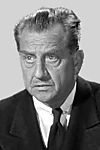
Fay Roope
Diaz

Florenz Ames
Senor Espejo

Richard Garrick
Old General
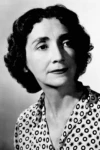
Mildred Dunnock
Senora Espejo
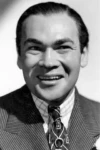
Abner Biberman
Captain (uncredited)

Henry Silva
Hernandez (uncredited)

Jack Carr
Huerta's Aide (uncredited)

Joseph Granby
General Fuentes (uncredited)
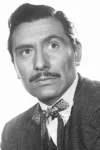
Rico Alaniz
Guard (uncredited)

Daniel Armijo
Undetermined Secondary Role (uncredited)

Ross Bagdasarian
Officer (uncredited)

Salvador Baguez
Soldier (uncredited)

John F. Bray
Undetermined Secondary Role (uncredited)

Enrique Cabrera
Undetermined Secondary Role (uncredited)
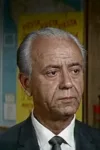
Edward Colmans
Secretary (uncredited)

Miguel Contreras
Mexican (uncredited)

Henry Corden
Senior Officer (uncredited)

Joe Dominguez
Manuel (uncredited)
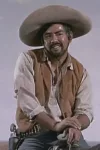
Larry Duran
Young Farmer in Opening (uncredited) / Stunts
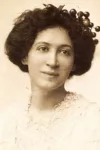
Fernanda Eliscu
Fuentes' Wife (uncredited)

Robert Filmer
Captain of Rurales (uncredited)

William Frescas
Undetermined Secondary Role (uncredited)

David Fresco
Guard (uncredited)

Leonard George
Husband (uncredited)
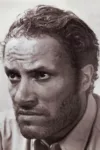
Bernie Gozier
Zapatista (uncredited) / Stunts

Joe Herrera
Rurale (uncredited)

Ruben Holquin
Undetermined Secondary Role (uncredited)

Harry Kingston
Undetermined Secondary Role (uncredited)

Marc Krah
Officer (uncredited)

Will Kuluva
Lazaro (uncredited)

George J. Lewis
Rurale Officer (uncredited)

Paul Lopez
Undetermined Secondary Role (uncredited)
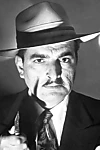
Peter Mamakos
Soldier (uncredited)

Tiger Joe Marsh
Undetermined Secondary Role (uncredited)

Charles Martinez
Undetermined Secondary Role (uncredited)

Yolanda Mirelez
Girl (uncredited)

Alex Montoya
Rurale (uncredited)

Julia Montoya
Wife (uncredited)

Daniel Nunez
Undetermined Secondary Role (uncredited)

Nestor Paiva
New General (uncredited)
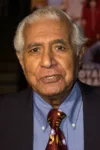
Kumar Pallana
Soldier (uncredited)

James Porta
Undetermined Secondary Role (uncredited)

Eustorgio Ramon
Undetermined Secondary Role (uncredited)
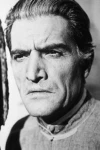
Pedro Regas
Innocente (uncredited)
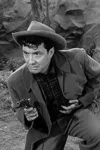
Ric Roman
Manager (uncredited)

Fred Sadoff
Soldier (uncredited)

Juan Saenz
Undetermined Secondary Role (uncredited)

Danny Sands
Undetermined Secondary Role (uncredited) / Stunts

Henri Sidoni
Driver (uncredited)

Marc Snegoff
Undetermined Secondary Role (uncredited)

Marc Snow
Attendant (uncredited)

Shooting Star
Undetermined Secondary Role (uncredited)

Guy Thomajan
Eduardo (uncredited)

Nick Thompson
Delegate (uncredited)

Carlo Tricoli
Photographer (uncredited)

Philip Van Zandt
Commanding Officer (uncredited)
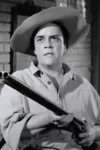
Nina Varela
Aunt (uncredited)

Juan Varro
Guard (uncredited)

Irving Winter
Pepe (uncredited)
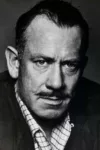
John Steinbeck
Screenplay

Alex North
Original Music Composer
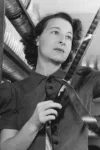
Barbara McLean
Editor
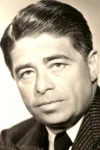
Alfred Newman
Original Music Composer

Elia Kazan
Director
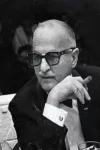
Darryl F. Zanuck
Producer

Joseph MacDonald
Director of Photography

Lyle R. Wheeler
Art Direction

Claude E. Carpenter
Set Decoration

Thomas Little
Set Decoration

Travilla
Costume Design

Leland Fuller
Art Direction

Edgecumb Pinchon
Novel
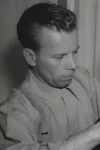
Ben Nye
Makeup Artist

Charles Gemora
Makeup Artist

Lynn F. Reynolds
Makeup Artist

Allan Snyder
Makeup Artist

Lillian Ugrin
Hairdresser

Max Golden
Assistant Production Manager
Media.







Details.
Release DateFebruary 7, 1952
StatusReleased
Running Time1h 53m
Filming LocationsRoma, Texas · New Mexico, United States · Colorado, United States of America · Mexico
Genres
Wiki.
Viva Zapata! is a 1952 American Western film directed by Elia Kazan and starring Marlon Brando. The screenplay was written by John Steinbeck, using Edgcomb Pinchon's 1941 book Zapata the Unconquerable as a guide. The cast includes Jean Peters, and in an Academy Award-winning performance, Anthony Quinn.
The film is a fictionalized account of the life of Mexican revolutionary Emiliano Zapata from his peasant upbringing through his rise to power in the early 1900s and his death in 1919.
To make the film as authentic as possible, Kazan and producer Darryl F. Zanuck studied the numerous photographs that were taken during the revolutionary years, the period between 1909 and 1919, when Zapata led the fight to restore land taken from common people during the dictatorship of Porfirio Díaz.
Kazan was especially impressed with the Agustín Casasola collection of photographs, and he attempted to duplicate their visual style in the film. Kazan also acknowledged the influence of Roberto Rossellini's Paisan (1946).
You May Also Like.

Superman (1978)
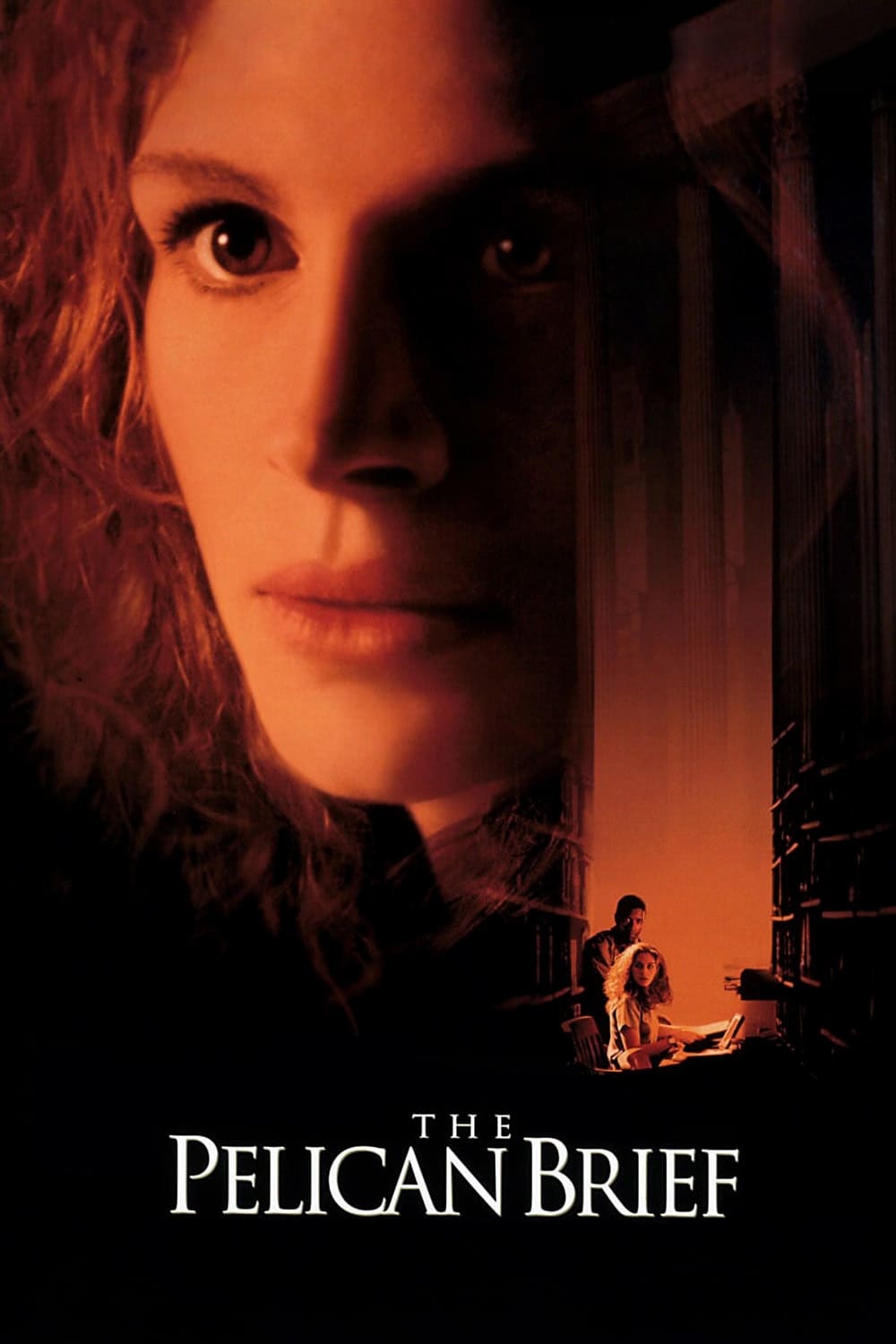
The Pelican Brief (1993)
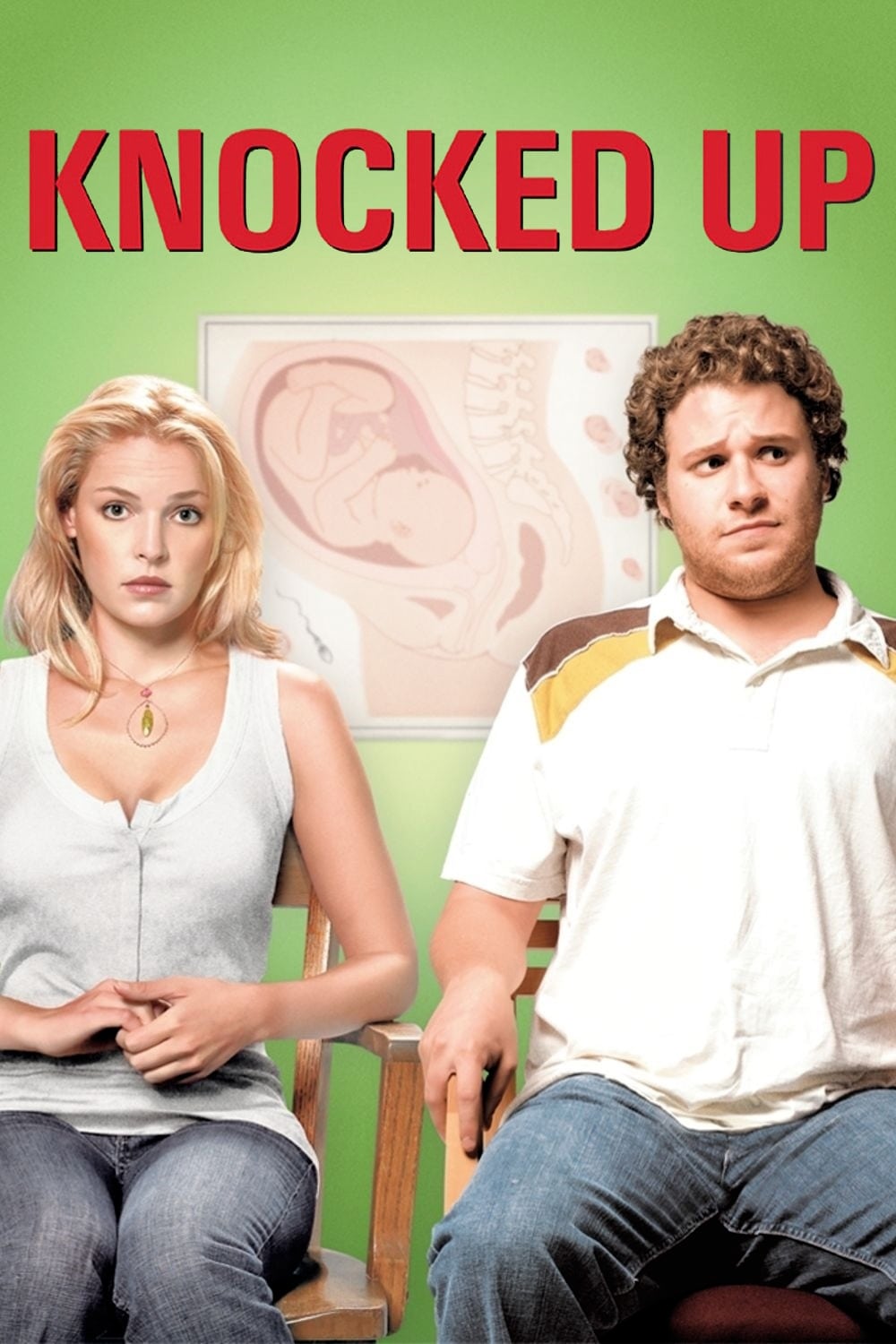
Knocked Up (2007)

Once Upon a Time in America (1984)

Dr. Strangelove or: How I Learned to Stop Worrying and Love the Bomb (1964)

Ant-Man and the Wasp (2018)
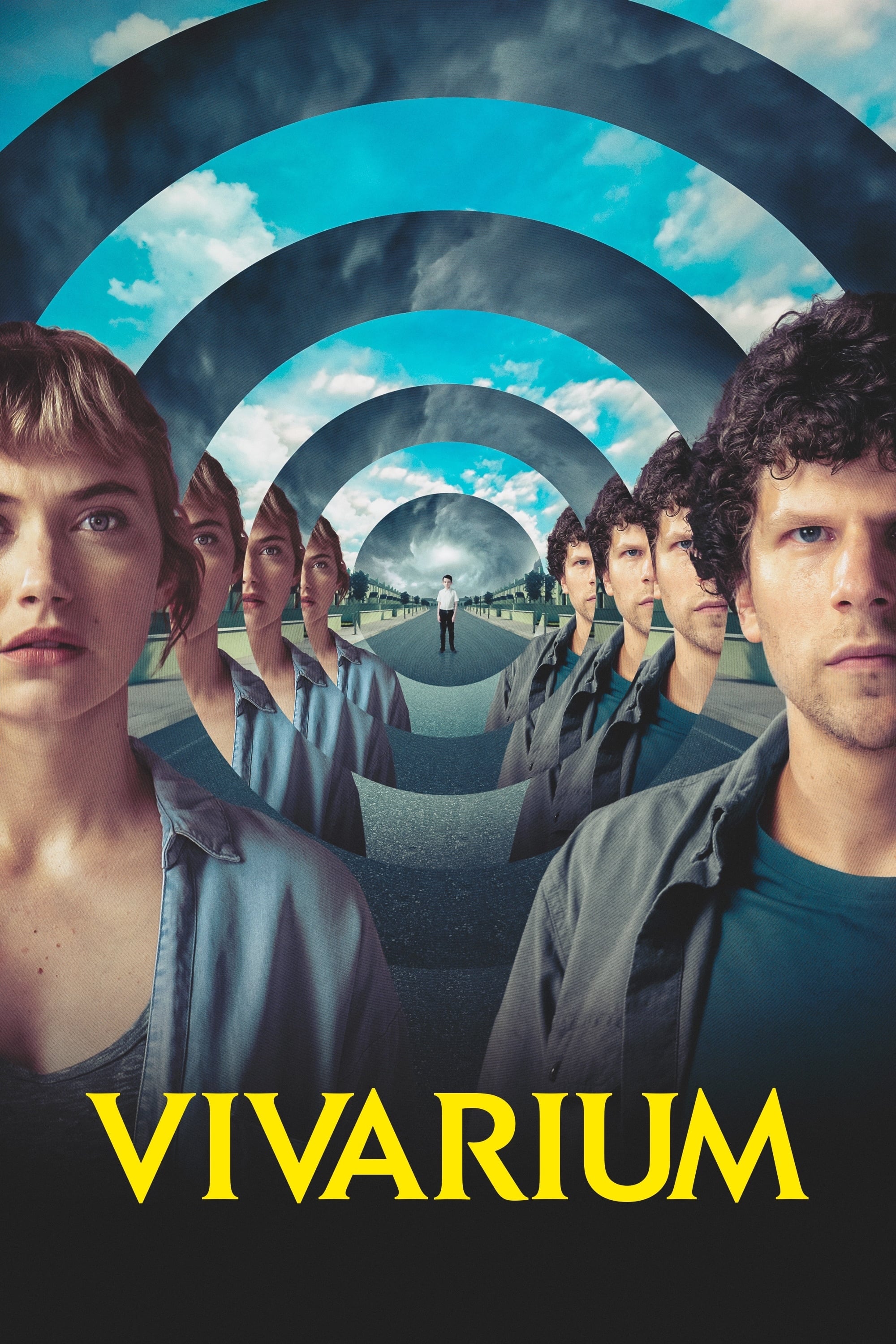
Vivarium (2019)

Fort Apache (1948)

The Wild One (1953)

Birdy (1984)
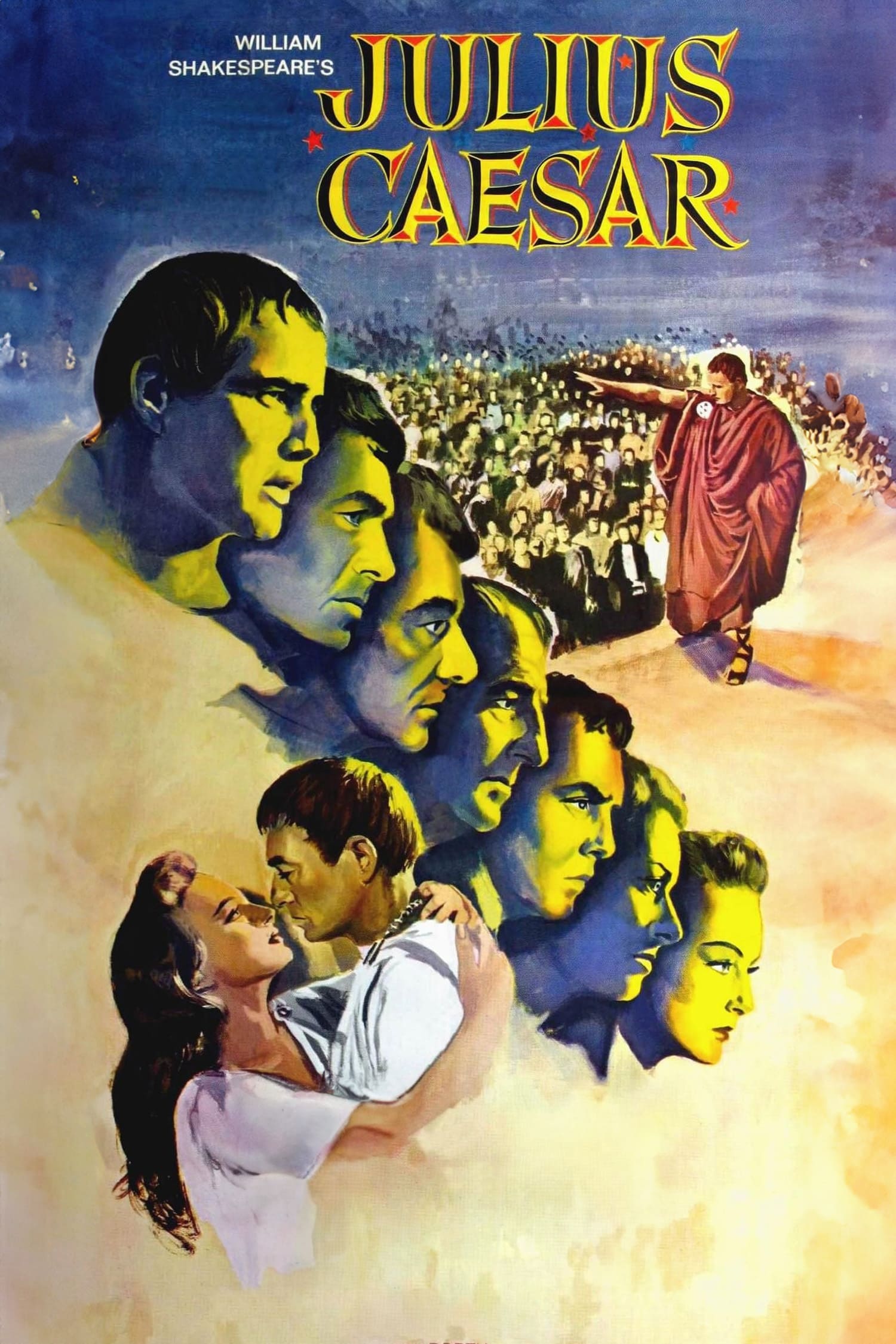
Julius Caesar (1953)
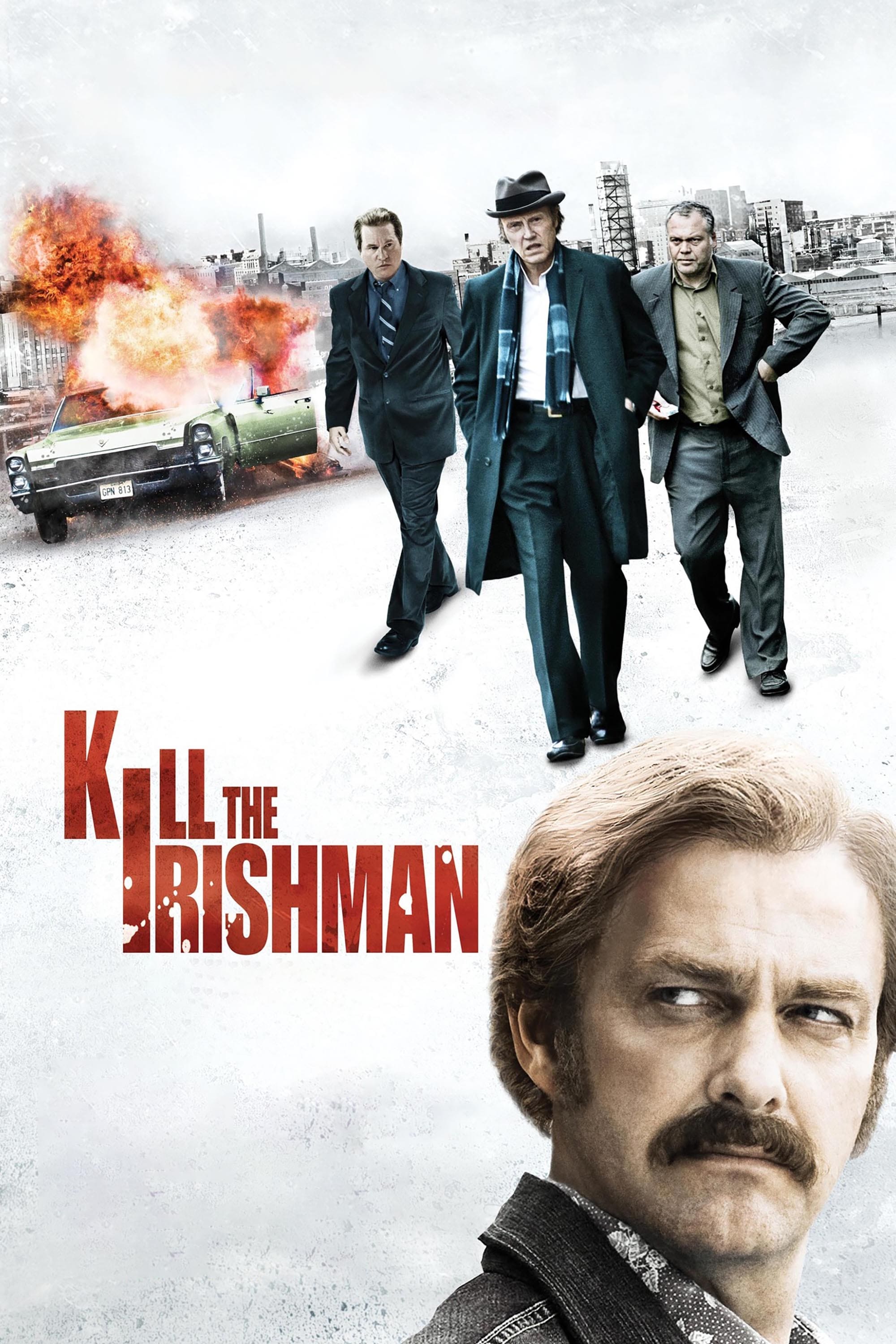
Kill the Irishman (2011)
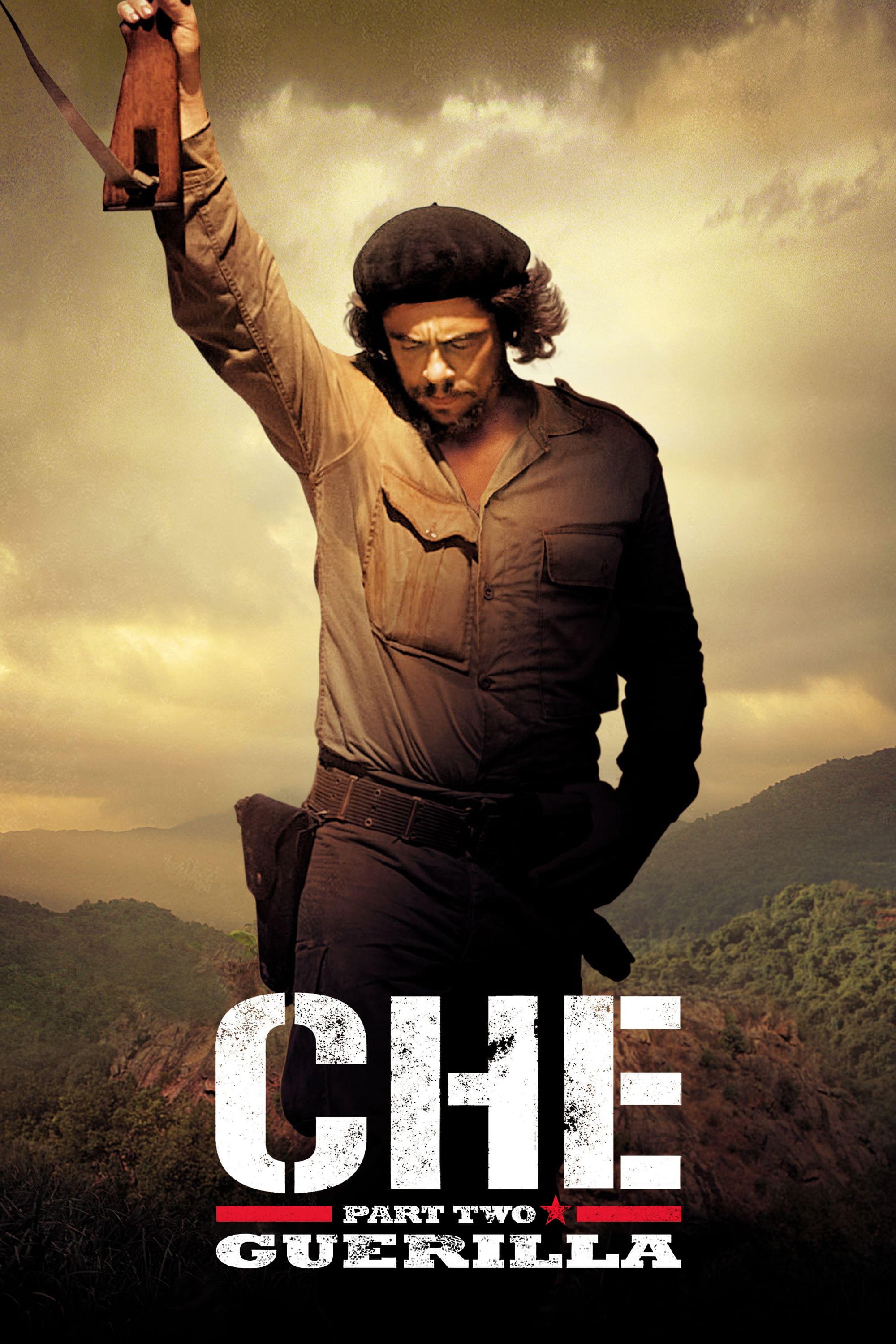
Che: Part Two (2008)
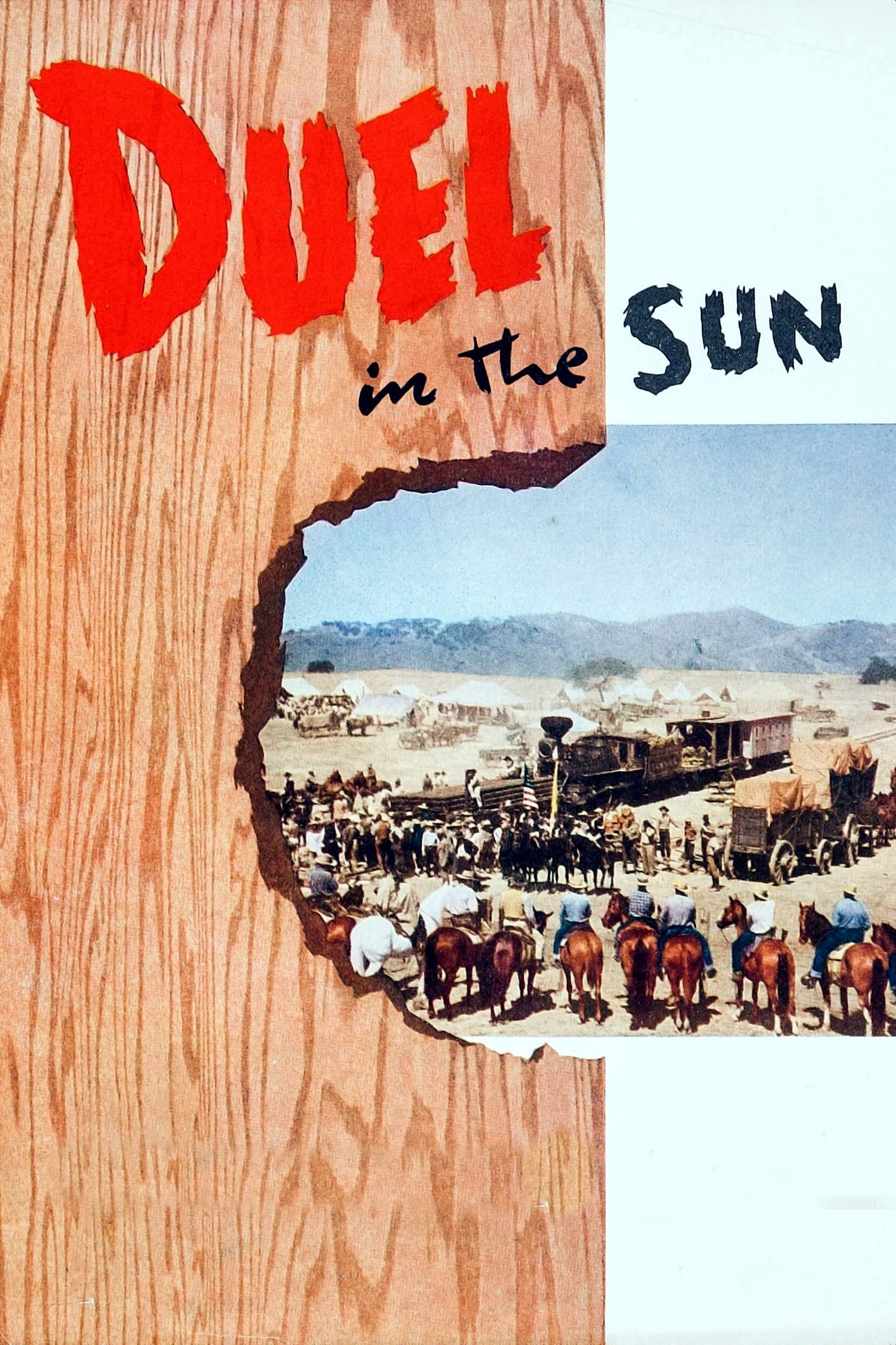
Duel in the Sun (1946)

Kes (1970)

The Crime of Padre Amaro (2002)
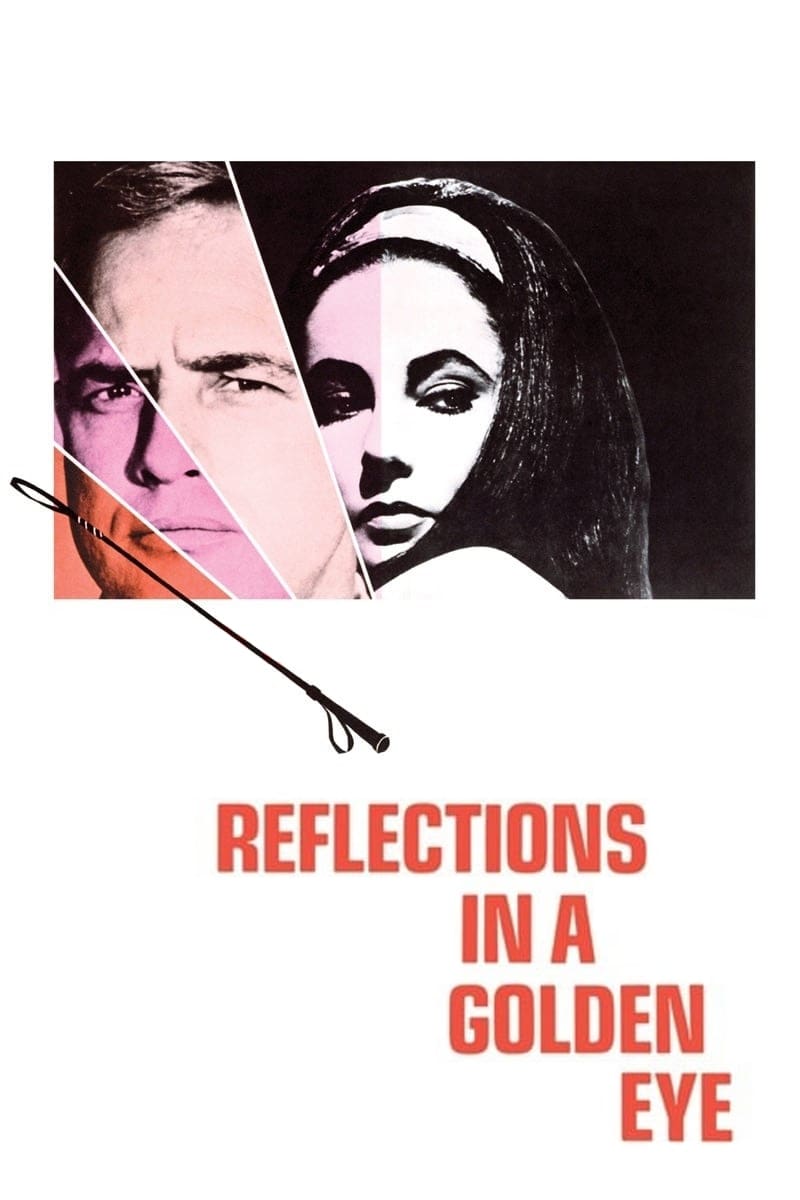
Reflections in a Golden Eye (1967)
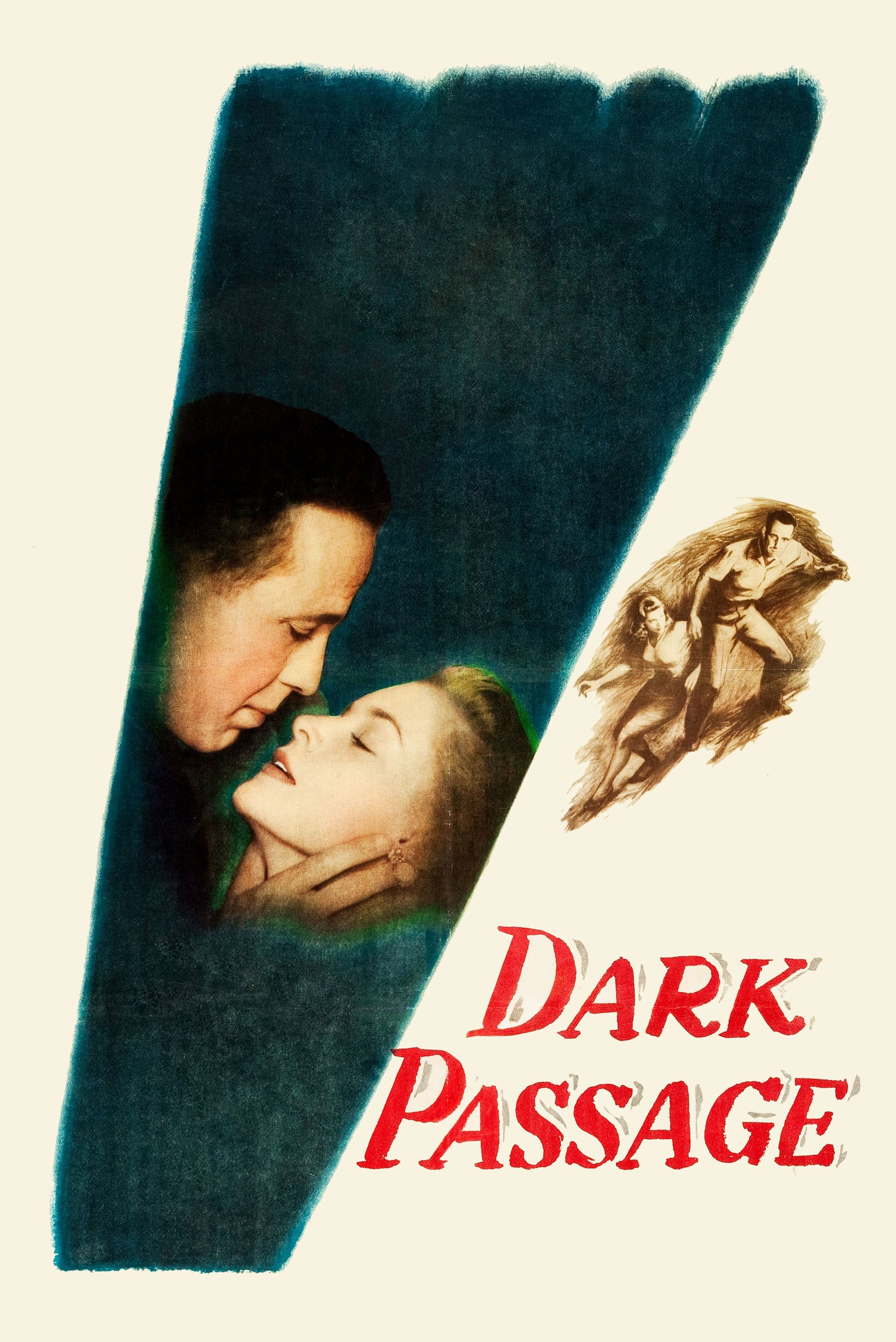
Dark Passage (1947)

The African Doctor (2016)
